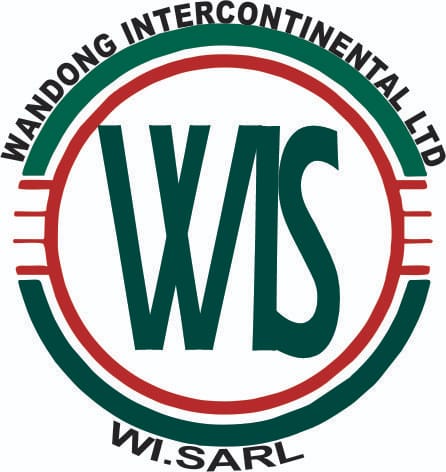As Wandong International, our purpose in logistics and supply chain management goes beyond business success—we aim to create resilient, efficient, and sustainable supply networks that strengthen our community’s economic foundation while reducing environmental impact.
Community-Focused Logistics Transformation
- Local Economic Empowerment
Our purpose: Create a vibrant local economy by optimizing supply chains that prioritize community businesses.
Implementation approach:
Establish a local supplier development program connecting small businesses to larger supply chains
Create logistics sharing platforms allowing small businesses to access enterprise-level shipping rates
Develop inventory financing solutions improving cash flow for local suppliers
Implement technology training programs building digital capabilities in local businesses
Design incubator programs for logistics startups addressing community-specific challenges
- Workforce Development and Job Creation
Our purpose: Build meaningful careers in modern logistics while addressing community unemployment.
Implementation approach:
Create a logistics skills academy offering certification pathways for local residents
Develop apprenticeship programs focusing on underserved community segments
Implement advanced technology training creating pathways to higher-paying jobs
Establish career progression frameworks with clear advancement opportunities
Create partnerships with local educational institutions developing relevant curricula
- Sustainable Transportation Networks
Our purpose: Minimize environmental impact while maximizing logistics efficiency.
Implementation approach:
Develop electric delivery vehicle fleets for urban operations
Create consolidated delivery routes reducing total vehicle miles traveled by 35%
Implement alternative fuel infrastructure for regional transportation
Design multi-modal transportation networks optimizing for lowest carbon footprint
Establish carbon offset programs for unavoidable emissions



